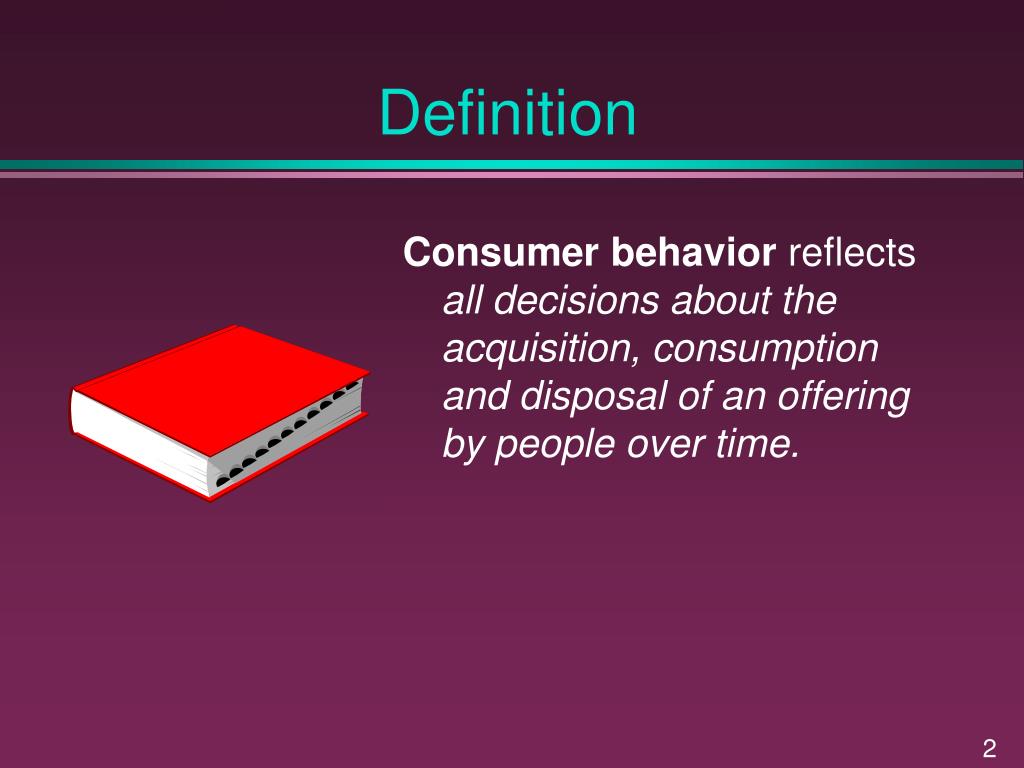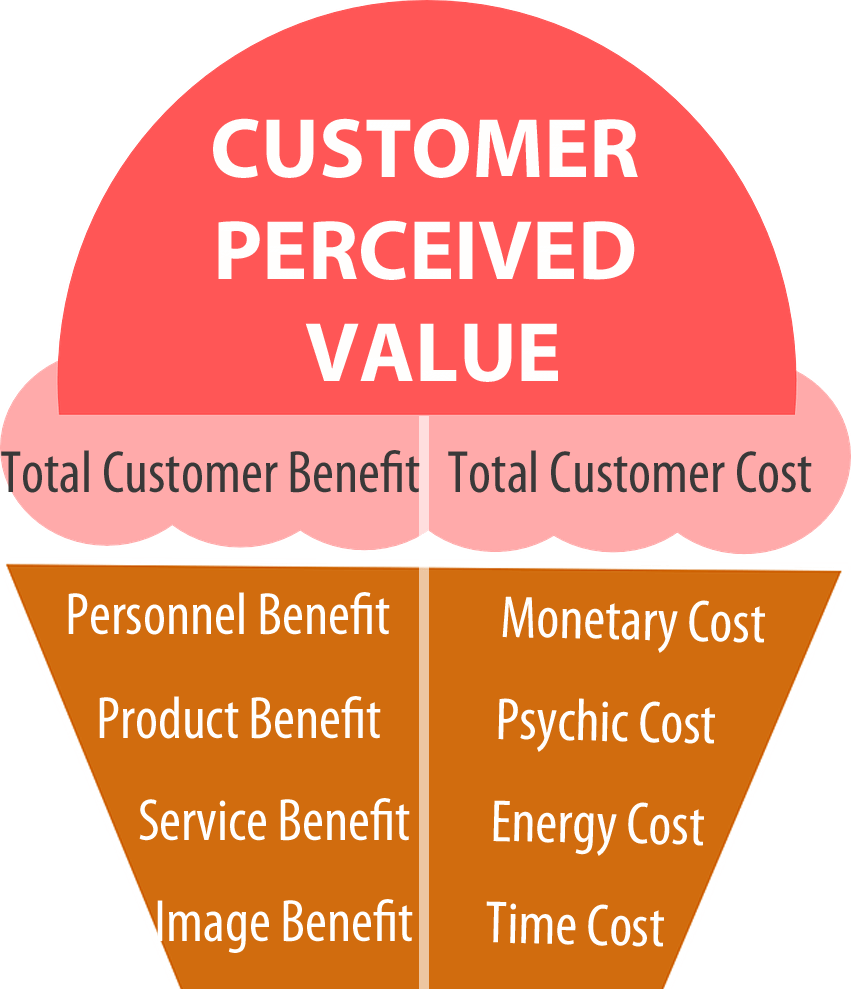

A consumer’s social network has a strong influence on the products he or she uses, since individuals tend to rely on the opinions and advice of friends and family. Social: Social influence can deeply affect consumer behavior, especially as related to the products they consider and consume.For example, a busy working mother might rely heavily on her smart phone to keep her organized and effective in an effortless manner. Situational: Products that can easily conform to and enrich a consumer’s lifestyle tend to be consumed with more frequency and involvement.Deeper knowledge about a product also translates into higher involvement because the consumer perceives it as more important, especially if some of that knowledge pertains to characteristics that hold personal meaning. Typically, the higher a consumer’s product knowledge, the more involved with it he or she will be. Object: The degree of information that a consumers have about a product, including how well they can distinguish its characteristics, can also effect their experience, involvement, and satisfaction.Personal or individual factors can also serve as strong influences, including gender, age, income level or social class, ethnicity, and sexual orientation. Consumers tend to be more involved with products that they believe can fill their own needs, which in turn are regarded as holding importance and relevance in their lives. Other examples of cultural influences include language, myths, customs, rituals, and laws. For example, certain cultures highly discourage women from exposing some of their body parts as part of their religious beliefs, which inevitably affects their consumption of clothing. Personal: A person’s perceptions, beliefs, attitudes, and values can substantially influence his or her experience and involvement with products.In general, four main factors influence a consumers’s experience, involvement, and satisfaction with a product: Selective Perceptions are categorized under two types: a low level of perception, known as perceptual vigilance, and a higher level of perception, known as perceptual defense. In other words, understanding a person’s preference for brands will influence their decisions. This fact has repercussions within the field of advertising research because any post-advertising analysis that examines the differences in attitudes or buying behavior among those aware versus those unaware of advertising is flawed unless pre-existing differences are controlled for. They do so because of their attitudes, beliefs, usage preferences and habits, conditioning, etc.” People who like, buy, or are considering buying a brand are more likely to notice advertising than are those who are neutral toward the brand. Seymor Smith, a prominent advertising researcher, found evidence for Selective Perception in advertising research in the early 1960s, and he defined it as “a procedure by which people let in, or screen out, advertising material they have an opportunity to see or hear. Another example in advertising is known as Selective Perception, which is the process by which individuals perceive what they want to from media messages and they may disregard the rest.

On the right, the vase actually resembles two faces looking at each other.įor example, some people may see an image as a candlestick while another may see the same image as two people facing one another. On the left, we see a cube when in fact it is a flat image on our screen. Necker Cube and Rubin Vase: These are two optical illusions that illustrate how perception may differ from reality. In order to understand the subjectivity of one’s perception, we might consider optical illusions where one image can look like two things at once. All of these concepts are crucial in interpreting the consumer buying process and can also help guide marketing efforts.

Other variables included in this consumer process include: motivation, learning, attitude, personality, and lifestyle. Perception is a psychological variable involved in the purchase decision process that is known to influence consumer behavior. A consumer will selectively perceive what they will ultimately classify as their needs and wants. Perception can have various meanings but in marketing, it is often described as a process by which a consumer identifies, organizes, and interprets information to create meaning. Define customer perception and customer expectationĪ person’s perceptions, along with their beliefs, attitudes, and values can substantially influence his or her experience and involvement with products.


 0 kommentar(er)
0 kommentar(er)
